The electronic age has brought with it a heightened need for energy. A piece of the jigsaw that can protect us from being “cut off from the world” is renewable energy.
An insufficient reserve in the energy system could lead to a recurrence of the events of September 23, 2022, when PSE (Polskie Siecie Elektroenergetyczne – Polish Power Grids) announced its first ever blackout period in the energy market. Although a blackout was avoided, it served as a warning signal to energy producers and consumers.
Energy turmoil
In Spain, Austria, and Germany, temporary energy shortages that disrupt daily life are a pressing reality. As a result, government officials have been addressing the issue and educating citizens on how to prepare for a blackout for over a year.
The devastating effects of a blackout were felt by residents in the USA and Canada in 2003, when 55 million people were left without power. Over 265 power plants in the north-eastern United States and Ontario were shut off. In Poland, 1.2 million customers experienced a similar situation in February 2022 due to widespread storms.
In today’s consumerist society, it is unrealistic to expect a sudden decrease in energy demand. In fact, it will continue to increase as we increasingly rely on electrically powered devices. The chance to avoid an energy collapse lies in releasing the potential of renewable energy sources, with an emphasis on onshore wind power and efficient storage.
In the past year, awareness of the importance of energy security has heightened due to the tense geopolitical situation surrounding Russia’s use of energy blackmail. To mitigate these concerns in the European Union, the REPowerEU initiative aims to improve energy efficiency through investment in renewable energy sources (RES).
Energy of freedom
Polish people are becoming increasingly aware of the benefits of renewable energy. In 2020, the amount of electricity generated from micro-installations, primarily photovoltaics, increased threefold compared to the previous year.
Renewable energy sources like sun and wind are commonly referred to as “freedom energy,” as they are not subject to political influence. This energy is sourced directly from nature and is not dependent on imports from other continents.
It is inaccurate to assume that the development of renewable energy means the complete replacement of traditional energy sources. In Poland especially, both types of energy are important and complement each other, rather than being in opposition.
As per the plan, conventional power generation will evolve into under-peak sources, operating at reduced capacity and being shut off more frequently, in tandem with the growth of renewable energy sources. However, regulations, finance, and outdated transmission infrastructure currently pose challenges to fully unlocking the potential of renewable energy.
Needs are growing
It is estimated that Poland will require 192 TWh (terawatt hours) of energy by 2026. A portion of this energy will be generated from the development of renewable sources such as onshore windmills (36 TWh), photovoltaics (19 TWh), and offshore wind farms (12 TWh). To maintain a reliable energy balance, conventional power generation using coal and gas must still produce another 125 TWh. By 2035, the energy requirement will reach 210 TWh and the proportion of renewable energy in the energy mix will continue to grow.
Miłosz Magrzyk












